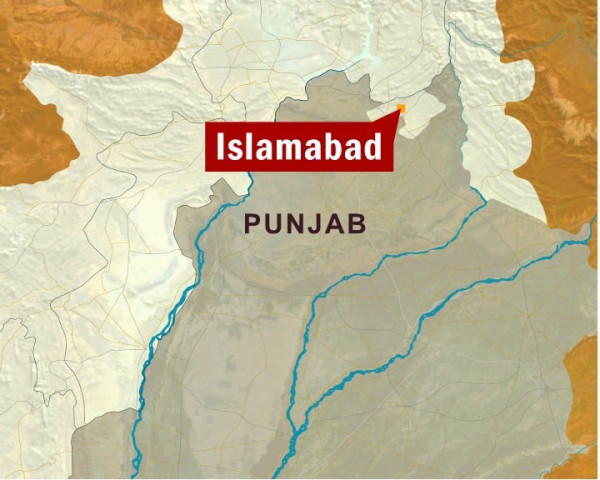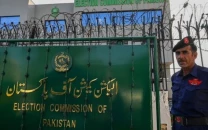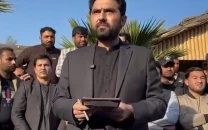Rabi water shortage a potential tinderbox
Irsa estimates 10-15% water shortage for Rabi season.

Rabi water shortage a potential tinderbox
A technical committee of Irsa has worked out that 34.5 Million Acre Feet (MAF) of water would be available for the upcoming Rabi season, starting from October. The average system losses have been projected at eight per cent, so there would be a shortage of 10 to 15 per cent of water, said an official of the water watchdog.
The shortage, however, is smaller than the last Rabi season, when it was estimated at 31 per cent. He said that, in the pre-flood scenario, the shortfall for the Rabi season, in which the major crops are wheat and maize, had been estimated up to 20 per cent.
The official said that the technical committee has estimated that, during the Rabi season, 24 MAF of water would be available in the rivers whereas the ‘carry-forward’ would be 10.5 MAF – almost 2 MAF more than the average available storage from the Kharif season due to floods.
Political considerations have delayed the start of mega water storage and electricity generation projects. “Had there been Kalabagh Dam, there would have been no water shortage for Rabi season,” said the official. During floods, as much as 49 MAF water, 11 MAF more than the entire demand for the Rabi season, could not be stored, and drained into the Arabian Sea.
Keeping in mind the water shortages, the official said, both Sindh and Punjab have demanded water distribution according to two different formulas. Sindh has sought the allocation under Para 2 of the Indus Water Accord of 1991 that promises more water to Sindh. It has also demanded that the two smaller provinces, Khyber-Pakhtunkhwa and Balochistan, should also share the burden.
Para 2 of the accord is applicable in a situation when annual water availability is estimated at 117.4 MAF, out of which Sindh’s annual share is projected at 48.76 MAF and Punjab’s 55.7 MAF. The total Rabi water needs under Para 2 are assessed at 38.2 MAF against 78.2 MAF requirement of the Kharif season.
In contrast, Punjab has demanded of the water watchdog to distribute water under Para 14-b of the Apportionment Accord that is applicable when water is in short supply but promises more share for the largest populated province, the main food basket. Para-14-b is applicable when annual water availability is assessed at 105MAF. “The Irsa advisory council would meet on September 30 to resolve the dispute and allocate the provincial shares,” said the official.
In 1991, the government did recognise that, under the existing canals, there would be conditions of uncertain water availability. A provision was made in the Water Accord for sharing the shortages and surpluses of water.
In case of excess availability, water is distributed among the provinces under clause 4 that allocated 37 per cent of the total water each to Sindh and Punjab, 14 per cent for Khyber-Pakthunkhwa and 12 per cent for Balochistan.
In the technical committee meeting, Punjab also opposed dividing the rivers into zones. The technical committee also referred the issue to the advisory council. Irsa also proposed to spare water for Kharif season, which was agreed by Punjab but opposed by Sindh.
Published in The Express Tribune, September 25th, 2010.
















COMMENTS
Comments are moderated and generally will be posted if they are on-topic and not abusive.
For more information, please see our Comments FAQ